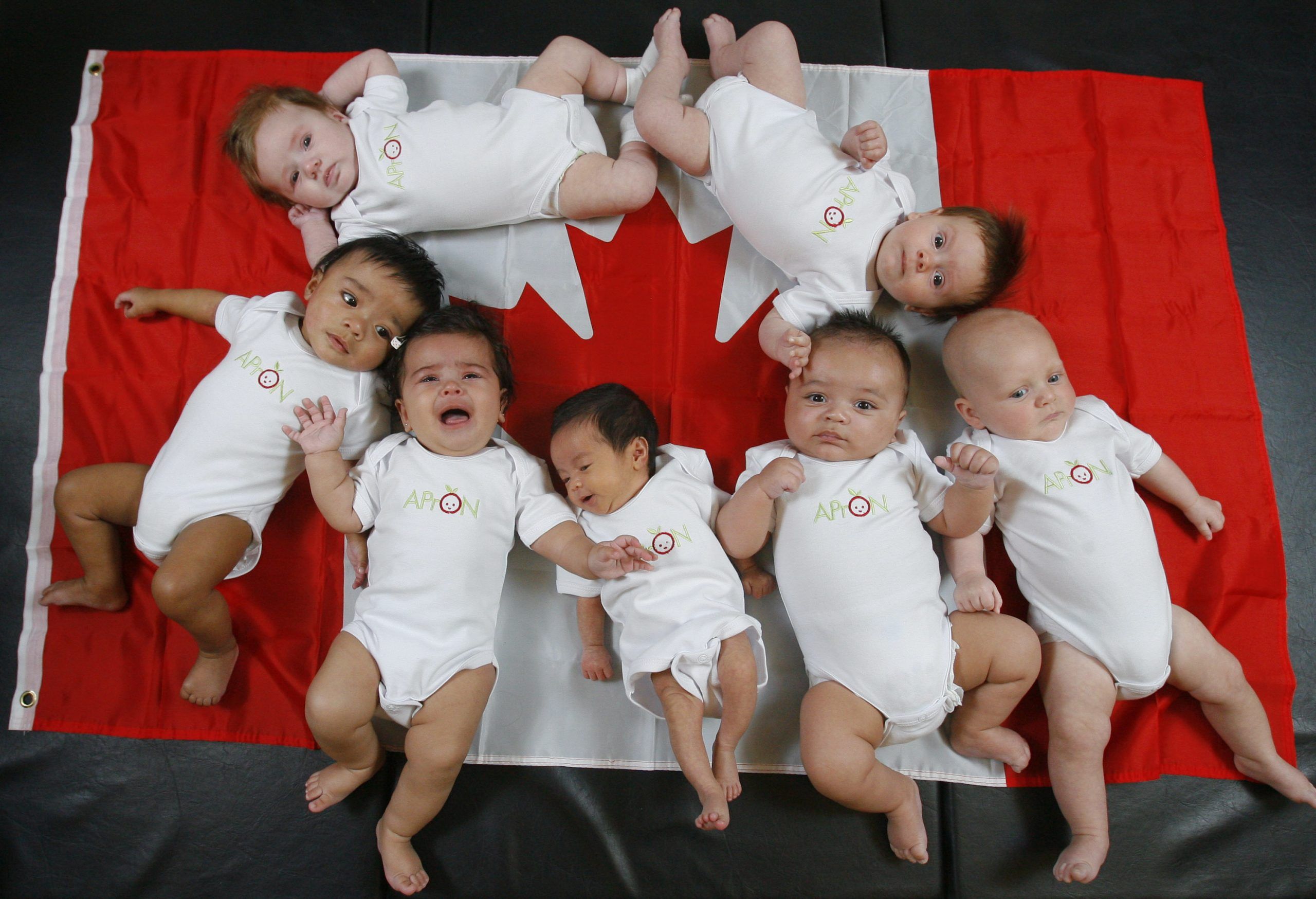Statistics Canada confirmed last week that 351,679 babies were born in 2022 — the lowest number of live births since 345,044 births were recorded in 2005.
The disparity is all the more notable given that Canada had just 32 million people in 2005, as compared to the 40 million it counted by the end of 2022. In 2005, it was already at historic lows for Canada to have a fertility rate of 1.57 births per woman. But given the 2022 figures, that fertility rate has now sunk to 1.33.
…
Of Canadians in their 20s, Statistics Canada found that 38 per cent of them “did not believe they could afford to have a child in the next three years” — with about that same number (32 per cent) saying they doubted they’d be able to find “suitable housing” in which to care for a baby.
…
A January survey by the Angus Reid Group asked women to list the ideal size of their family against its actual size, and concluded that the average Canadian woman reached the end of their childbearing years with 0.5 fewer children than they would have wanted
“In Canada, unlike many other countries, fertility rates and desires rise with income: richer Canadians have more children,” it read.


In America conservative estimates are 4 empty homes for every person.
That can’t possibly be true. Just using simple logic: if someone owns a vacant house or unit, why wouldn’t they rent it out considering the absurd rents that can be charged in this market?
https://www.census.gov/library/stories/2023/05/vacant-seasonal-housing.html#:~:text=As the nation recovered from,vacant housing in the county.
That’s a US statistic. Their housing market is very different from Canada’s.
It’s clearly referring to seasonal residences, many of which are properties that aren’t suitable for year round use. My uncle owns a cabin up north that is only accessible by sled in the winter. Should that really be considered an “empty house”? It’s a huge red herring to measure every single building someone can sleep in as housing, rather than measure the buildings people are actually treating as housing.
It isn’t “4 empty homes for every person”. That’s a crazy number. It says some counties (again in the US) (specifically rural counties) have more seasonal vacant residences than non-seasonal. Which makes total sense. The county where my uncle’s cabin is located doesn’t have any major towns in it. It’s just cottage country.
None of that has anything to do with the housing crisis.